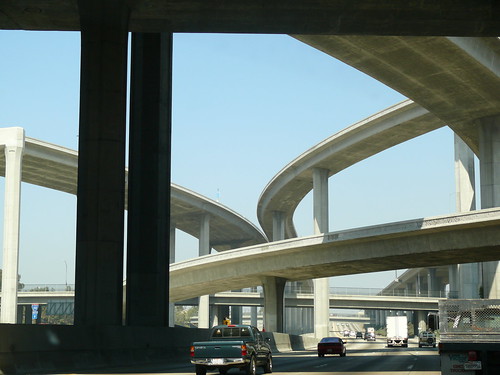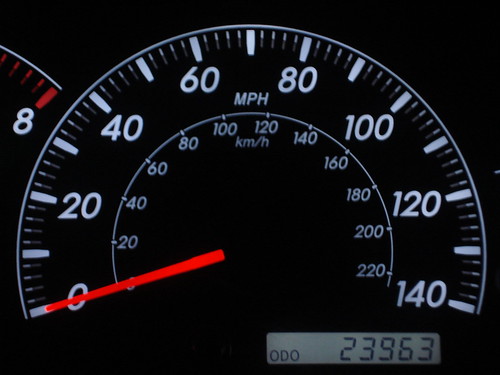McKinsey Quarterly: Andy Grove, former CEO of Intel, proposes an electric plan for energy resilience
(Source: McKinsey Quarterly ;Video: The Auto Channel @ YouTube)

The fastest way to reduce America’s dependence on oil imports is to convert petroleum-driven miles to electric ones by retrofitting the SUVs and pick-ups now on the road with rechargeable batteries. Here’s how.
Our aim should not be total independence from foreign sources of petroleum. That is neither practical nor necessary in a world of interdependent economies. Instead, the objective should be developing a sufficient degree of resilience against disruptions in imports. Think of resilience as the ability to absorb a significant disruption, bigger than what could be managed by drawing down the strategic oil reserve.
Our resilience can be strengthened by increasing diversity in the sources of our energy. Commercial, industrial, and home users of oil can already use other sources of energy. By contrast, transportation is totally dependent on petroleum. This is the root cause of our vulnerability.Our goal should be to increase the diversity of energy sources in transportation. The best alternative to oil? Electricity. The means? Convert petroleum-driven miles to electric ones.
Electric miles do not necessarily mean relying on all-electric cars, which would require building an extensive and expensive infrastructure. They can be achieved by so-called plug-in electric vehicles (PEVs). (Since many plug-in cars are modified hybrid automobiles, they are sometimes called PHEVs.) PEVs have both a gasoline-fueled engine and an electric motor. They first rely on the electricity stored onboard in a battery. When the battery is depleted, the vehicle continues to run on petroleum. The battery then can be charged when the vehicle is not in service.
The engineering and organizational issues involved in retrofitting on a large scale are far from trivial. The biggest problem, however, is the availability of batteries. The most suitable battery technology, which offers both a sufficient range and enough power to provide the acceleration required by today’s drivers, is the lithium-ion battery system. Current battery-manufacturing capacity is limited, and nearly all of it is dedicated to supplying batteries for the nearly 200 million laptop computers and other handheld electronic devices built each year. Making the batteries required for one million vehicles would mean doubling current manufacturing output.










